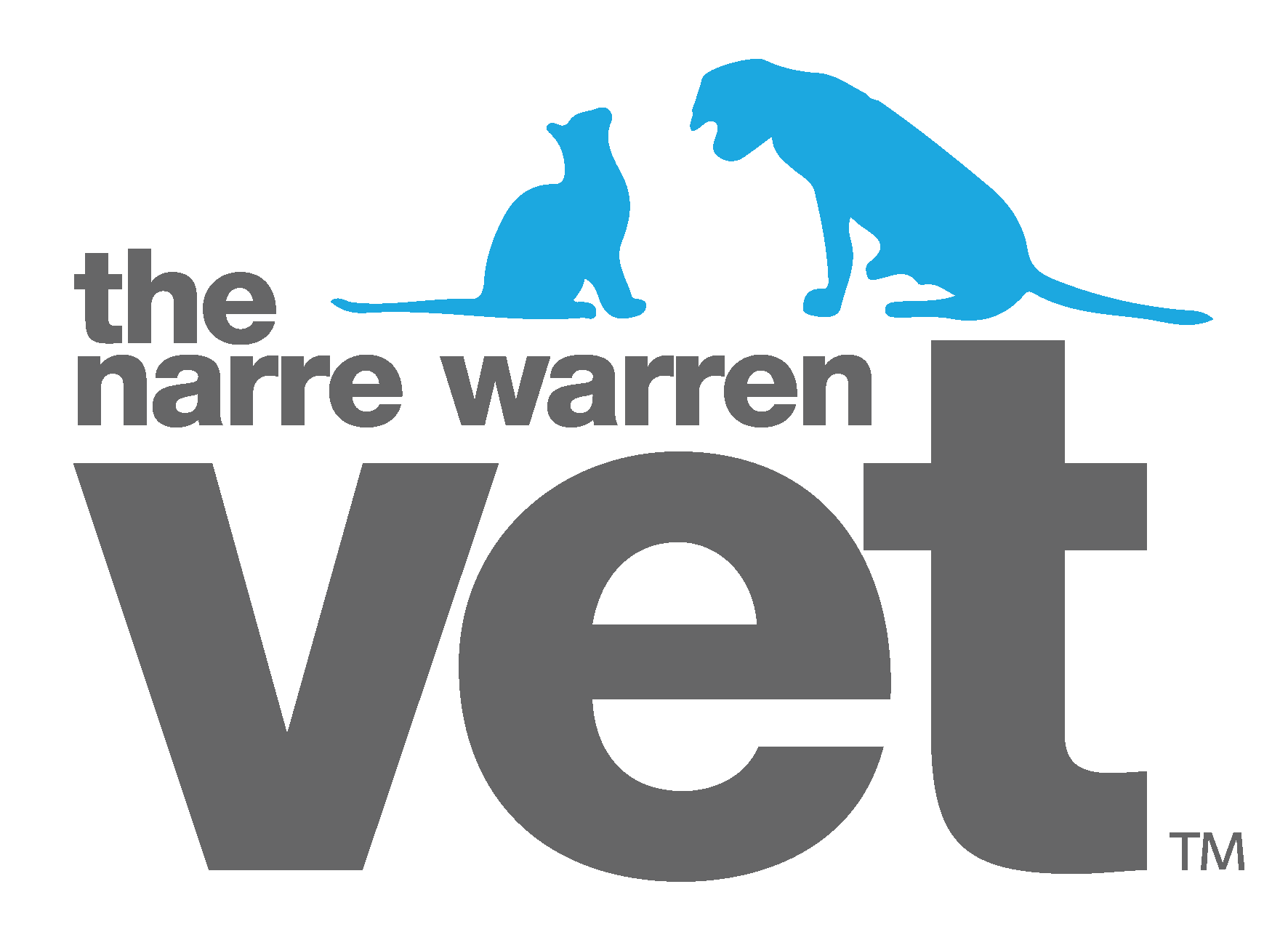 This is Rocco, an eight-year-old Staffordshire Terrier. He presented to the NWVC with some nasty lumps on his stomach area.
This is Rocco, an eight-year-old Staffordshire Terrier. He presented to the NWVC with some nasty lumps on his stomach area.
After a complete physical examination and history was obtained, a fine needle aspirate (FNA) was performed, whereby a needle was inserted into the lumps, and a small sample of cells extracted. The sample was taken to our lab and viewed under the microscope. Any lump that develops on your pet is abnormal and should never be ignored. Thankfully in this case, Rocco’s parents proactively organised a veterinary visit – the sample results indicated a Squamous Cell Carcinoma (SCC), a malignant tumour of the skin cells.
Squamous Cell Carcinomas often arise in areas such as the nail beds, paw pads, abdomen (as was the case for Rocco), back, ears or nose.
The cause of this cancer is multi-factorial, with both the environment and genetics playing an important role. As is the case with humans, exposure to ultraviolet rays/sunlight has been attributed to the development of these tumours. Certain breeds are known to have an increased incidence of SCC, including Boxers, Poodles, Scottish Terriers and Pekingese. Sparsely haired dogs, as well as those breeds with light coloured hair and skin (e.g. Whippets, Dalmatians, Beagles and Bull Terriers) are also at an increased risk.
Surgical removal of these lumps often provides the best prognosis, provided the tumour can be completely removed. Rocco was admitted the following day to remove the lumps. As a precautionary measure, the lumps were sent off to our external lab for further testing. As suspected, these results confirmed SCC. Thanks to Dr. Jon’s excellent surgical skills, the lumps all had clear margins, meaning successful removal of all the cancerous cells.
Rocco is recovering well and is back to his bright and happy self.
